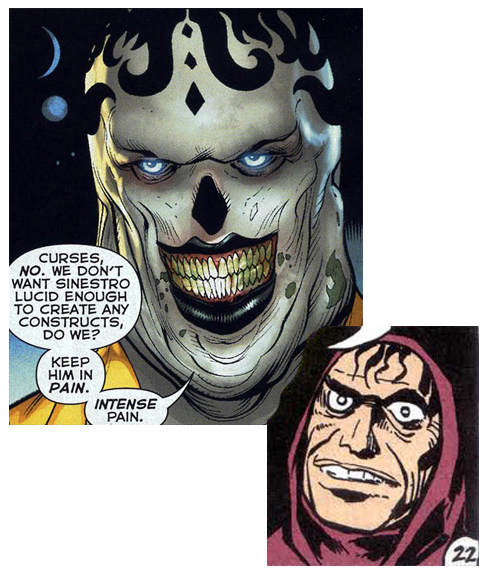 I’m going to weigh in on the argle-bargle surrounding the image of a new Green Lantern character DC is introducing.
I’m going to weigh in on the argle-bargle surrounding the image of a new Green Lantern character DC is introducing.
The fans are screaming that based on the image this character is a street thug, a gangsta and what does a Green Lantern need a gun for anyways? Predictably, the big deal appears to be that he is black, has a tattoo (it’s glowing with green power, get a clue, that means something), is wielding a gun and wearing a stylized uniform based on what appears to be a ski mask, possibly a reference to his occupation of a bodega stick up artist.
Forgetting everything else for a moment (even that the new GL may wear a mask in his civilian life as a neighborhood vigilante good-guy) let’s understand that one of the under lying themes of being a Green Lantern is redemption. It was for Hal Jordan, Guy Gardner and is certainly an on-going process for John Stewart. All of these characters are on the hero’s journey paying for their past sins of arrogance.
It appears from the cover solicit the new Green Lantern, if not John Stewart himself undercover for something, may be on a similar path. Assuming the new guy is a predatory street thug it makes sense that he would have the basic requirement to be a space cop, the ability to overcome great fear. He actually could be the perfect representative at this time for the GL Corps. Guy Gardner is the past was appreciated by both fans and the GL cast as a Corps member who got things done, regardless of the fall out. He has recently been the morals of the Corps and is probably the most honorable Lantern there is, doing what he feels is right even if the Guardians disagree.
Gardner continually defies the Guardians and is currently on a campaign to stop their shenanigans. So the Guardians may search for someone they think may be easier to point at things and zap stuff without questioning their directives. The new Lantern member, chosen for toughness, poor-impulse control and lack of morality for whatever purpose the Guardians need him for, this character could learn to be the hero the Corp needs to set them back on the path of Order (if not Good). The stylized mask and the gun would be the transitional props from his old life, surely to be discarded as he grows beyond his origins.
So relax. See what happens. Don’t jump to conclusions.



